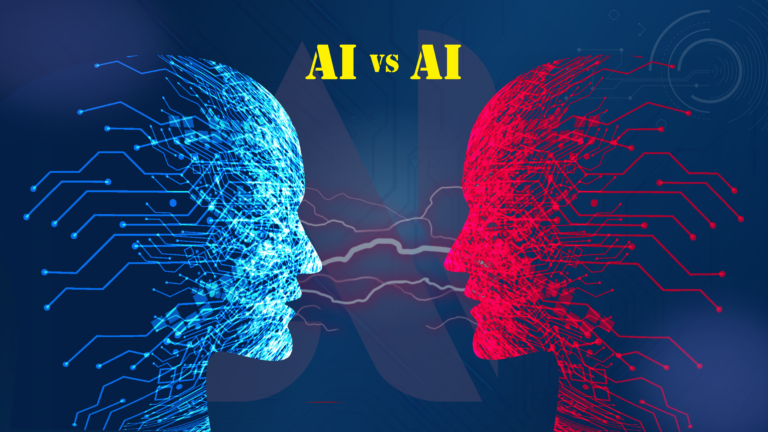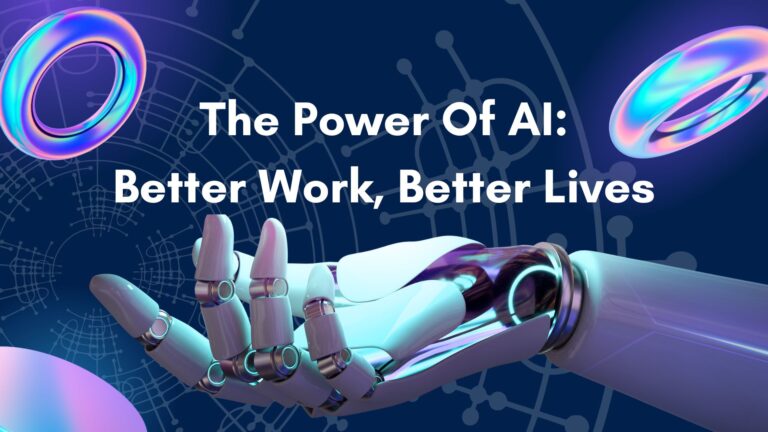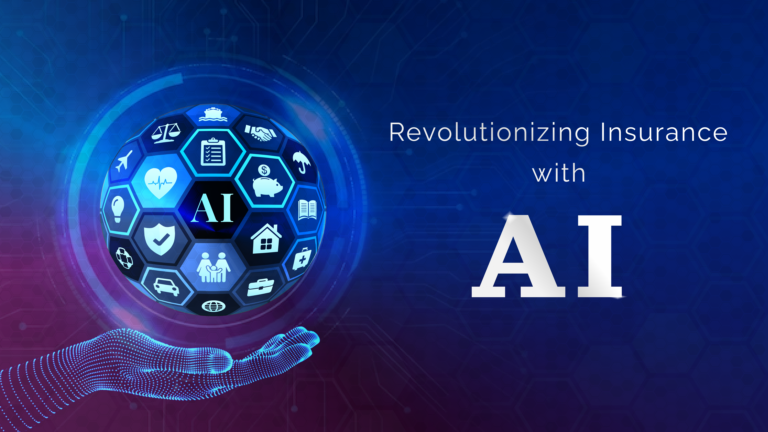AI has become a part of our lives in one way or another. There has been a sudden outburst in the usage of AI, with the most common examples being chatbots, AI-powered content generation software, and websites. Although AI has been a great help to people, it also comes with risks. Let us take a look at the problems and risks associated with AI.
Privacy Problems
We spend almost all our day online. According to various reports,
- 2.5 quintillion bytes of data are generated every day.
- More than 41,666,667 million messages are sent daily on WhatsApp.
- Almost 99,000 Google searches occur every second.
- Close to 650 million tweets are posted every day.

Now imagine all this data being accessible by AI.
Companies involved in AI are constantly trying to get more data to achieve better results. Our private data is the fuel the AI-named machine runs on. In the same way that social media apps use our browsing data to recommend photos and videos, AI can use it similarly.
Another privacy concern with AI is Deepfake. Just imagine your face, voice, and speech being used without your permission for the wrong reasons. Deepfake is a technology that replaces a person’s image with someone else’s. Several cases of this technology being used for all the wrong reasons have emerged. From fake news to blackmail material, the list is endless.
With ex-presidents playing FIFA with tech moguls and composers using artificially generated voices of artists in their tracks, Deepfake presents various opportunities but also gives rise to legal problems like fraud and scammers.
Zero Accountability
Accountability is one of the biggest concerns associated with AI.
Is an AI legally responsible for its actions? If not, then who is? The programmer who wrote the algorithm? Or the company that released the program? In 2018, a self-driving car hit and killed a pedestrian. In that case, the human backup driver was accountable when the AI system failed.
If an AI system designed with fuzzy algorithms refines its decision-making skills after learning, would the programmer still be held accountable for the mistake the AI system made? Or can a company be held accountable for an algorithm that learned and determined its course based on the data it collected?
Automated Weapons

We, as humans, make decisions based on our emotions. Our judgements are heavily biased by what we think is right or wrong. As of now, AI does not have emotions. It makes decisions based on rationality. Now apply this technology to weaponry. Automated weapons can decide whether to attack or abort on their own.
In a 2016 open letter, over 30,000 individuals, including AI and robotics researchers, pushed back against the investment in AI-fueled autonomous weapons. “The key question for humanity today is whether to start a global AI arms race or to prevent it from starting,” they wrote. “If any major military power pushes ahead with AI weapon development, a global arms race is virtually inevitable, and the endpoint of this technological trajectory is obvious: autonomous weapons will become the Kalashnikovs of tomorrow.“
Lethal Autonomous Weapon Systems is the product of their fears, which locates and destroys targets on its own while abiding by few regulations.
Job Security
With the advent of AI, processes that previously required humans to complete are being automated. AI has already entered the fields of marketing, accounting, manufacturing, and healthcare.
Take a look at the different sectors. Writing content, image generation, and editing can now be done through AI systems. The need to hire specialists to check for plagiarism, grammar, etc. is not required.
Similarly, look at the field of healthcare and medicine. Machines can detect diseases much more efficiently than humans can, provide personalised treatment plans, and even automate certain processes such as drug discovery or diagnostics.
AI systems are faster, are never tired, learn from examples and each other, and are considerably smarter than humans in specific domains.






